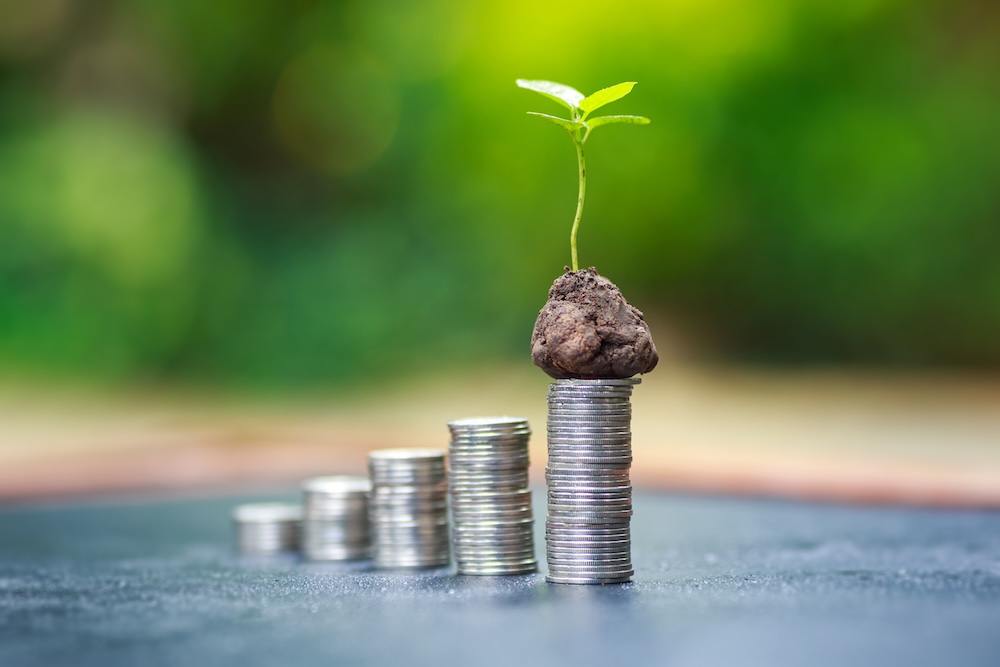Saving money is a cornerstone of long-term financial stability, and for millennials, the challenge is often greater due to student loan debt, rising housing costs, and a high cost of living in many urban areas. But financial security doesn’t have to come at the expense of the planet. By making smart money moves that also align with eco-friendly and sustainable practices, millennials can build wealth while supporting a healthier planet.
In this guide, we’ll explore actionable, sustainability-focused money-saving tips that help you reduce expenses, plan for the future, and contribute to environmental well-being.
Assess Your Current Financial Situation
The first step in building a sustainable financial future is understanding where you stand today. This means evaluating both your financial health and your environmental footprint.
- Track Your Spending – Use tools like Mint, Personal Capital, or YNAB to see where your money goes. Look for eco-conscious adjustments, such as swapping disposable products for reusables.
- Identify Assets and Liabilities – List your debts (student loans, credit cards) and assets (savings, investments).
- Spot Environmental Wins – For example, replacing a daily $5 coffee in a disposable cup with home-brewed coffee in a reusable mug can save you hundreds of dollars annually while reducing waste.
Create a Budget That Reflects Your Values
A budget is more than a spreadsheet — it’s a statement of priorities. When you integrate sustainability goals into your budget, you can align your spending with your values.
- List Monthly Income and Expenses – Include rent, utilities, food, transportation, and entertainment.
- Shift Toward Green Choices – Opt for public transportation, biking, or walking instead of driving, and budget for second-hand purchases rather than fast fashion.
- Track and Adjust – Review your budget monthly to ensure it supports both financial health and eco-friendly living.
Reduce Debt with Eco-Friendly Choices
Debt reduction frees up money for sustainable investments and long-term goals.
- Choose the Avalanche or Snowball Method – Avalanche focuses on high-interest debt first; snowball pays off the smallest debt first.
- Consolidate Wisely – A lower-interest loan can reduce both your interest costs and the need for high-consumption spending.
- Avoid Lifestyle Creep – When your debt payments decrease, redirect that money to savings or green investments rather than unnecessary consumption.
Build an Emergency Fund for Life’s Uncertainties
An emergency fund prevents financial stress when unexpected costs arise — and it can also help you make sustainable decisions in emergencies.
- Aim for 3–6 Months of Expenses – Store it in a high-yield savings account.
- Automate Contributions – Even small, consistent deposits add up over time.
- Keep It Separate – This reduces the temptation to spend it on non-essentials.
A well-funded emergency account can help you make choices like repairing rather than replacing items, which reduces waste.
Invest for the Future — Sustainably
Investing early and consistently grows wealth, but your portfolio can also support a better planet.
- Consider ESG Funds – Environmental, Social, and Governance (ESG) investments support companies with responsible practices.
- Diversify Assets – A mix of stocks, bonds, and real estate spreads risk.
- Review Annually – Rebalance your portfolio to ensure it aligns with your financial goals and sustainability values.
Plan for Retirement with a Green Lens
It’s never too early to start planning for retirement — and you can choose vehicles that reflect your environmental priorities.
- Maximize Contributions – Take full advantage of employer matches in 401(k) or 403(b) plans.
- Consider a Roth IRA – It allows tax-free withdrawals in retirement.
- Look for Sustainable Investment Options – Many retirement accounts now offer ESG or socially responsible funds.
Maximize Your Income Through Purposeful Work
Increasing your income can open the door to more sustainable living.
- Seek Green Careers – Look for opportunities in renewable energy, sustainability consulting, or environmental nonprofits.
- Leverage Skills – Offer eco-friendly freelance services, teach sustainability workshops, or create content on green living.
- Tap into the Sharing Economy – Rent out unused items, share tools, or participate in community-supported agriculture programs.
Final Thoughts
Financial success for millennials isn’t just about saving and investing — it’s about building a life that’s both secure and sustainable. By aligning money-saving strategies with eco-friendly habits, you can create a future where your bank account grows and your environmental impact shrinks. The path to a sustainable financial future is about making mindful, intentional choices that benefit you, your community, and the planet.









Reader Interactions